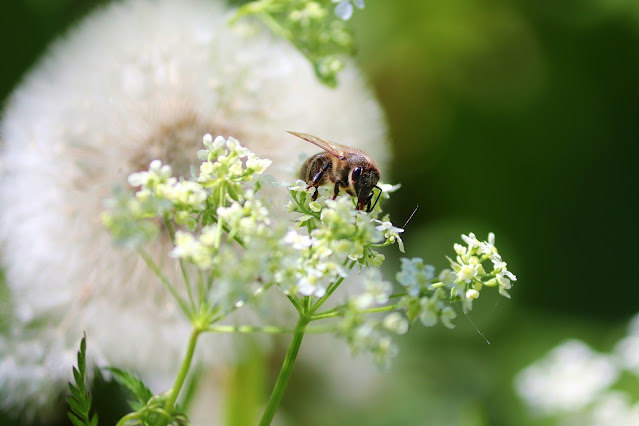5 Ways To Prevent Allergies

Preventing allergic reactions in different environments can be difficult. Although difficult, it is not totally impossible. We all live in our home environment. Most of us go to a work environment or a school environment at least five times each week. We all must go outdoors and travel to some degree, and the travel and outdoor environment is constantly changing. "An ounce of prevention," as they say, "is worth a pound of cure." So preventing allergic reactions is the best (and safest) way to go. Here are some ideas for "cleaning up" the various environments that you live in: The Home Environment: 1. Dust and vacuum often to control dust mites. 2. Wash bedding often for the same reason. 3. Don't have pets that have feathers or fur to prevent dander. 4. Keep doors and windows closed to seal out pollen. 5. Reduce moisture in the kitchen and bathroom to help prevent mold spores. The Work Environment: Preventing allergies in the work environment is much...





